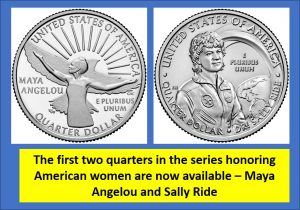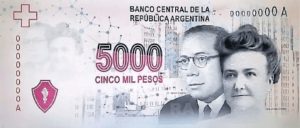 Very often when I am providing clients training in being effective diversity council or employee resource groups leaders, I include the Deloitte model of the 6 attributes of being an inclusive leader. The six are: Commitment, Courage, Cognizance, Curiosity, Cultural Intelligence and Cooperation. One of the six that leaders often find most challenging is courage. In a recent training with a client, 8 of the 14 participants, over half, shared that they found courage the most challenging of the six attributes. In fact, for two other recent clients, courage was either the most or second most challenging
Very often when I am providing clients training in being effective diversity council or employee resource groups leaders, I include the Deloitte model of the 6 attributes of being an inclusive leader. The six are: Commitment, Courage, Cognizance, Curiosity, Cultural Intelligence and Cooperation. One of the six that leaders often find most challenging is courage. In a recent training with a client, 8 of the 14 participants, over half, shared that they found courage the most challenging of the six attributes. In fact, for two other recent clients, courage was either the most or second most challenging
A guest blog I published in 2018, written by Dr. Cecilia Orellana-Rojas, the National Diversity Council’s Senior VP of Strategy and Research, highlighted the importance of courage in diversity leadership. In “Leaders Must Exercise Courage to Lead Inclusively,” Cecilia provided several examples of courageous corporate leadership around pressing diversity issues in our country.
I have now developed a short training module on being a courageous inclusive leader. Some main points from this session:
What is courageous leadership? Courage is a powerful word – its Latin origin is “cor,” meaning heart. Courage is the mental or moral strength to venture, persevere, and withstand danger, fear or difficulty. A leader is someone who has commanding authority or influence and can motivate a group of people to act toward achieving a common goal.
So putting the two together: a great courageous leader is someone who has influence and can effectively motivate a group to act towards achieving a common goal because they have the mental and moral strength and will persevere and withstand danger despite their fears and the difficulty of the challenge. (source: “What’s Courage Have to Do With Leadership” – THRIVE by Dagmar Meachem.
Two elements of Courage. From the Deloitte inclusive leadership model, two elements of inclusive courage include:
• Humility – being aware of your own personal strengths and weaknesses. That includes seeking the contributions of others – not going it alone.
• Bravery – being an agent for change and the positive impact diversity and inclusion can have. And that includes challenging organizational attitudes and practices that promote homogeneity.
Eight ways to develop courageous leadership. You should read the article from Socoal yourself to see all eight and to do your own self-assessment, but they include having the courage to seek feedback, having the courage to innovate, being able to admit mistakes, letting go of “precious practices” and being able to engage in “difficult conversations.”
Please do be in touch if I can provide a workshop on this great topic for your organization!



